World Cup Cat Oracles: Predicting Matches with AI and Pupil Reflections
Move over, Paul the Octopus-there's a new furry fortune teller in town! Meet Professor Whiskers, a Thai cat who became a viral sensation during the 2022 World Cup by allegedly "predicting" Argentina's victory. How? By staring intently at a flag reflected in his pupils. While skeptics call it luck, AI researchers are diving into the science behind this quirky trend. But here's the catch: capturing those critical pupil reflections requires crystal-clear photos. Whether you're a football fanatic or a curious cat lover, this guide reveals how tech and felines are colliding most unexpectedly.
Part 1: Why Cats? The Psychology of Feline Predictors
Animal "psychics" have a bizarre history in sports predictions:
- Paul the Octopus (2010 World Cup): Correctly predicted 12 out of 14 matches by choosing mussel-filled boxes decorated with flags.

- Nelly the Elephant (2014 Euros): Selected winning teams by kicking balls marked with country logos.

- Professor Whiskers (2022 World Cup): Gained fame when a TikTok video showed his pupils reflecting the Argentine flag before their semi-final win.
Let's start with the basics: why cats?
While octopuses, parrots, dogs, and even goats have taken turns predicting game outcomes, cats carry a unique appeal. They are seen as independent, selective, and nearly mystical. Cats' vertical pupils act as natural convex mirrors, capturing ambient light and objects. Social media users began screenshotting feline eyes, claiming they reflected upcoming match outcomes. While most are hoaxes, AI tools are now analyzing these reflections, but only if the photos are pristine.?
Part 2: The Science of Cat Eyes - Why They Glow, and What They Show
To understand this trend's scientific side, we need to explore the anatomy of a cat's eye.
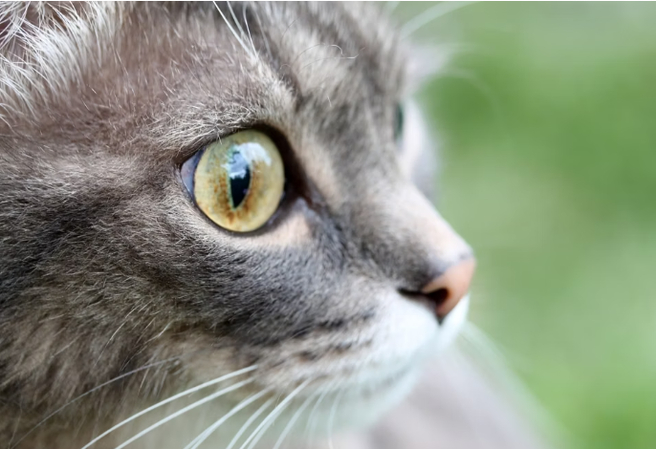
Cats are crepuscular animals, meaning they're most active at dawn and dusk. Their eyes are specially adapted for low light. A structure called the tapetum lucidum lies behind the retina and acts like a mirror, reflecting light back through the retina to enhance vision in darkness. This is what causes the glowing effect when you photograph your cat in dim conditions.
That same structure also makes cat pupils highly reflective-and sometimes capable of capturing reflections of their surroundings. If your cat is looking at a bright screen or object, you might be able to detect faint details-shapes, logos, colors-in their eyes under the right lighting.
This has sparked a wave of DIY "cat oracle" setups, where owners place national flags, team photos, or player cutouts in front of their cats, take high-resolution photos, and zoom in to see what appears in the pupil reflection.
While it sounds absurd, the process blends genuine optics and image science. The challenge is: how do you extract meaningful detail from something as small and curved as a cat's pupil?
Why Blurry Photos Ruin the Magic
A study by MIT's Computer Vision Lab found:
- Noise: Grainy photos reduce AI prediction accuracy by 62%.
- Motion Blur: Even slight shaking erases critical details (like tiny logos).
- Low Light: Dark environments leave reflections muddy and indecipherable.
Key Takeaway: To turn your cat into a "World Cup oracle," you need professional-grade photo enhancement-fast.
Part 3: Can AI Analyze Cat Eye Reflections?
Here's where things get exciting.
Traditionally, spotting detail in a cat's eye reflection requires a perfect setup-HD cameras, great lighting, minimal motion blur. But with modern AI tools, especially in image enhancement and pattern recognition, we no longer rely solely on raw footage.
AI image analysis can:
- Sharpen low-resolution eye reflections
- Enhance contrast in dark or overexposed areas
- Spot recurring shapes, light sources, or even logos
Theoretically, if a cat's eye contains a reflection of two objects (e.g., country flags), AI-enhanced photos could reveal subtle bias in gaze direction or focus preference. Researchers already use eye-tracking and micro-reflection analysis in human behavioral science. Could we do the same-jokingly or not-for our feline friends?
Of course, this is more about fun and curiosity than serious data science. But even playful experiments can help people engage with core ideas behind optics, vision, and artificial intelligence.
Part 4: Enhancing Cat Eye Photos with HitPaw FotorPea
Now for the hands-on part: how can you make the most of this trend? The secret to any meaningful image analysis starts with a clear, high-quality photo. But let's be honest-most of us take cat photos indoors, on mobile phones, in low-light conditions. That's where tools like HitPaw FotorPea come in.
Using AI-powered technology, FotorPea enhances your cat photos by:
- Sharpening blurred details in the eye area, so faint reflections become more visible.
- Brightening shadowed regions without destroying texture, allowing you to see more contrast in a dark iris.
- Reducing digital noise, which is common in indoor, handheld photography.
- Preserving texture, so fur and facial contours remain natural even after enhancement.
Guide to Enhancing Your Cat Photo Quality
Step 1:Activate the HitPaw FotorPea on your computer and click on Enhance Photo Now. Import the cat photo you want to enhance.

Step 2:Click on the Upscale Model to apply it to the cat image and then select the significant credentials of the upscale model.

Step 3:Select "Preview" to apply "Upgrade Model". After a few seconds, you will be able to see the results of Upgrade Model.

Step 4:Click the Preview to see how the model will look. After previewing the image, if you are satisfied with the result, click to Export enhanced cat image.

While FotorPea is designed for all types of pet portraits and lifestyle shots, it's surprisingly useful in this "oracle" trend. Enhancing photos to reveal faint flag colors or determine which image your cat seemed more focused on? That's where this tech becomes both fun and functional. Plus, it helps you create better-looking content for social media-even if your cat's prediction turns out hilariously wrong.
Bonus: How to Try the Cat Oracle Prediction at Home
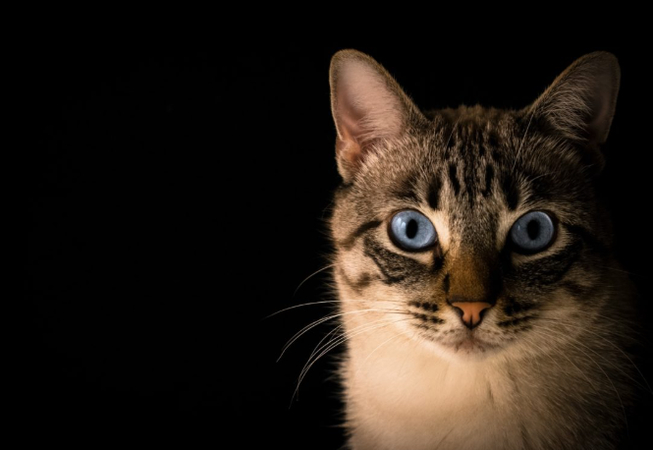
Ready to test it for yourself? Here's a simple, science-inspired (and totally fun) method to create your own World Cup Cat Oracle.
- Step 1:Choose Two Teams: Print out flags or team logos and place them in front of your cat's favorite lounging area.
- Step 2:Control the Lighting: Use soft, indirect light to help maximize potential eye reflections. Avoid direct flash.
- Step 3:Take Several High-Quality Photos: Use burst mode or a DSLR if possible. Focus on the eyes. Try to capture moments when your cat is actively looking toward one of the flags.
- Step 4:Upload to HitPaw FotorPea: Use the photo enhancer to zoom in and refine the eye region. Increase clarity and contrast gradually to avoid over-processing.
- Step 5:Analyze the Result: Share the results and tag them as your "prediction."Whether it's accurate or not, you've now created a unique blend of meme, science, and storytelling-all centered on your photogenic feline.
Conclusion: When Curiosity Meets Technology
While your cat might not predict the World Cup, the fusion of AI and feline photography is undeniably thrilling. The surface lies a fascinating combination of disciplines-animal behavior, light physics, photography, and AI-driven image enhancement. Whether you're a football fan, a cat lover, or a tech enthusiast, this is a moment where curiosity reigns.
So next time your cat gives you that mysterious stare, consider this: it might just be holding the key to the next big upset in the tournament-and with a little help from AI and HitPaw FotorPea, you'll be ready to reveal it.

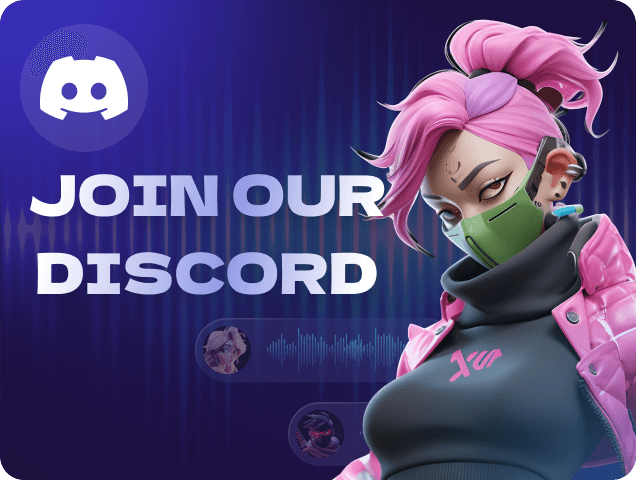

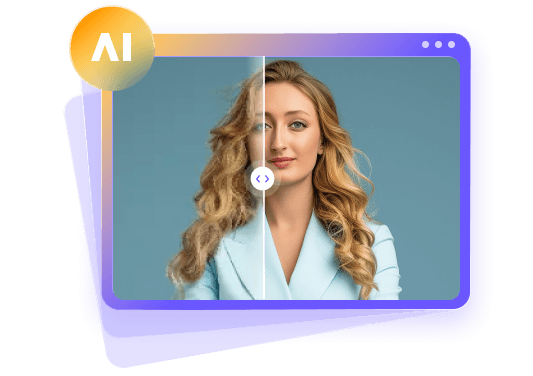
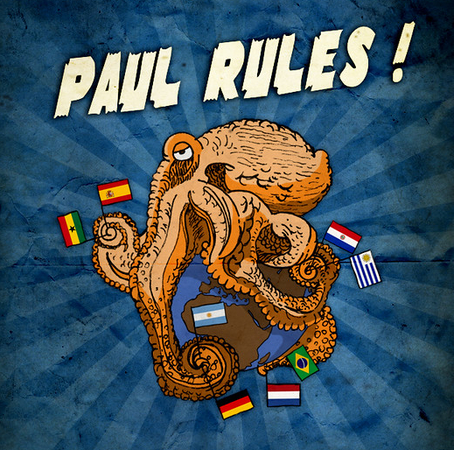
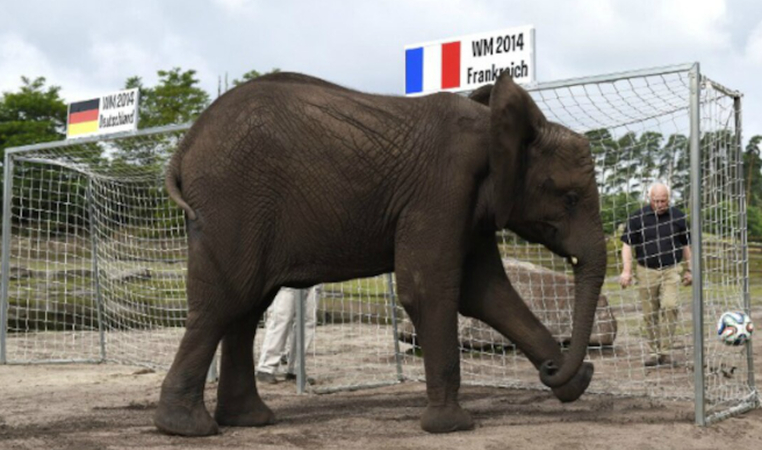




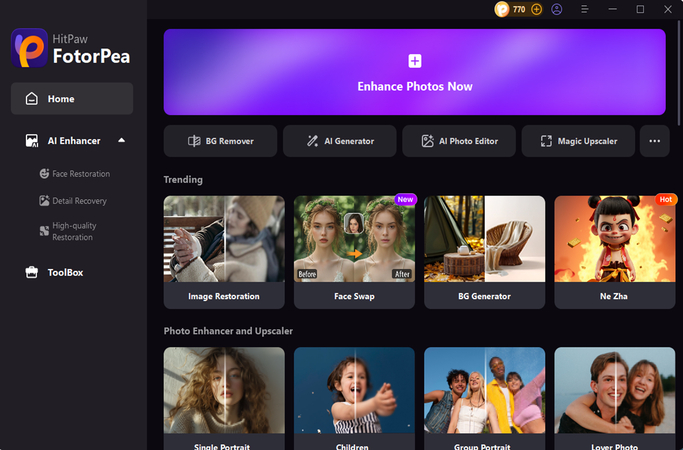
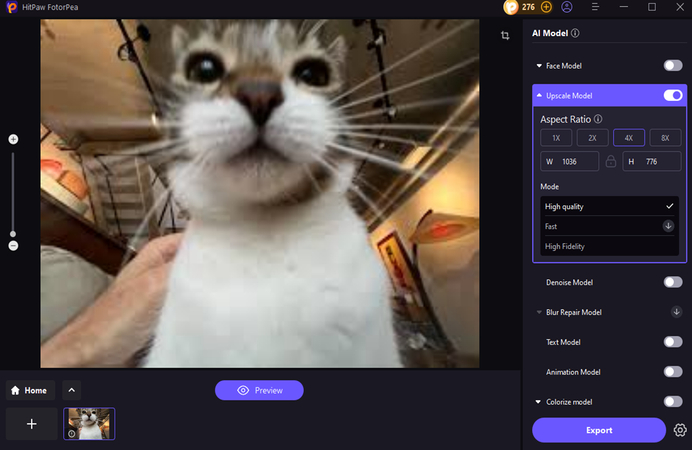
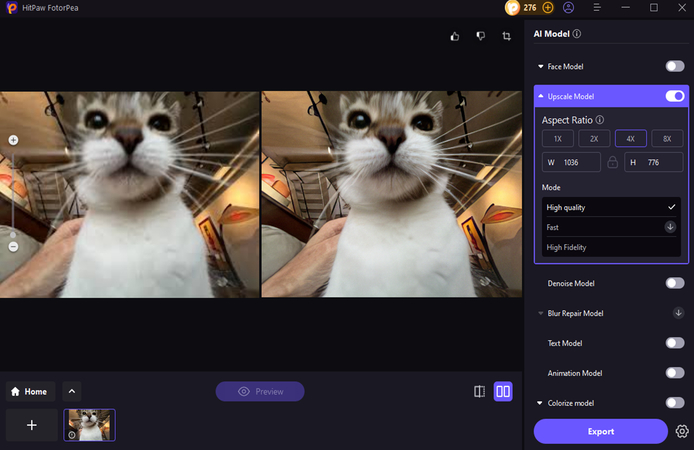
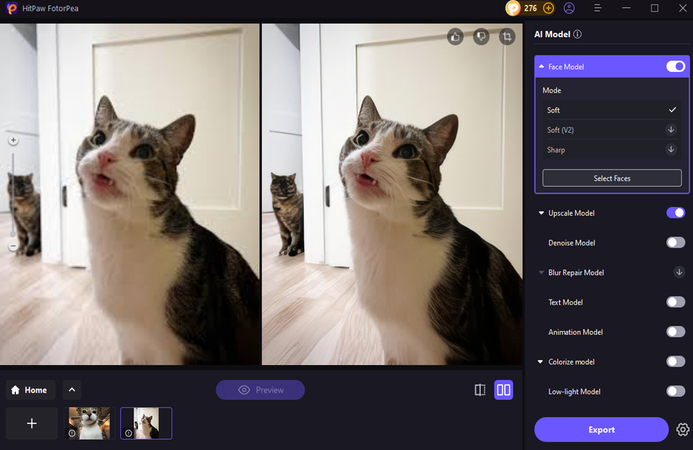
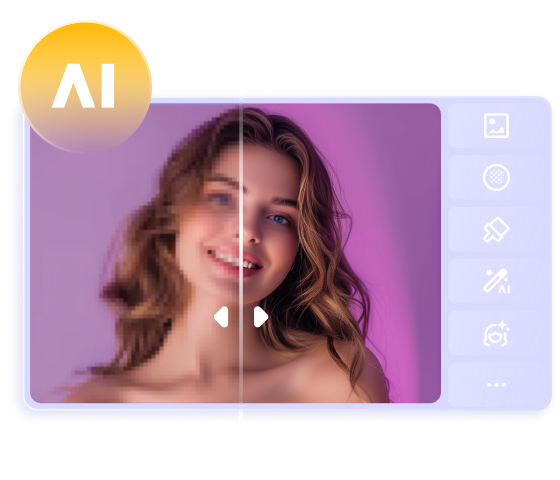
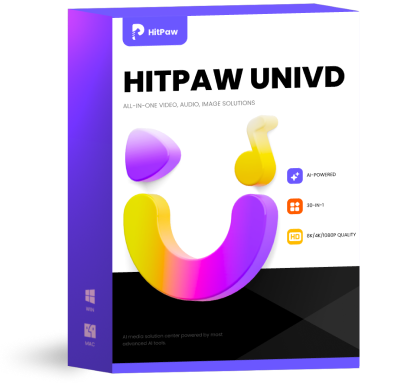 HitPaw Univd (Video Converter)
HitPaw Univd (Video Converter)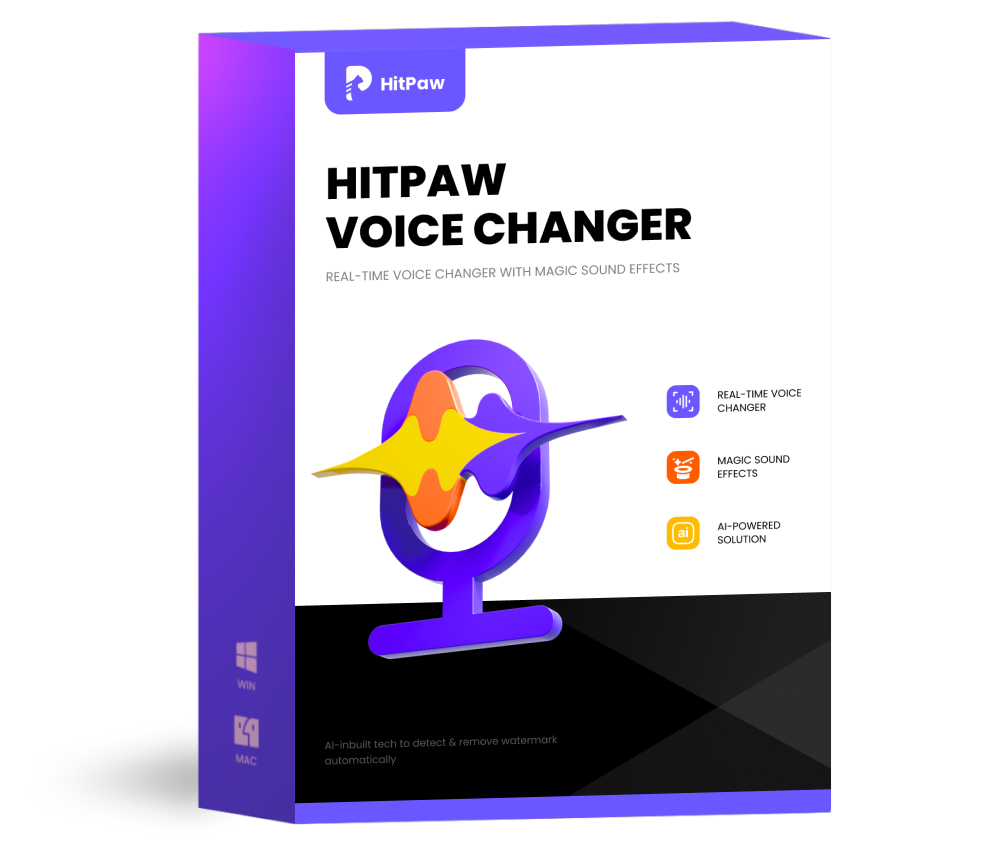 HitPaw VoicePea
HitPaw VoicePea 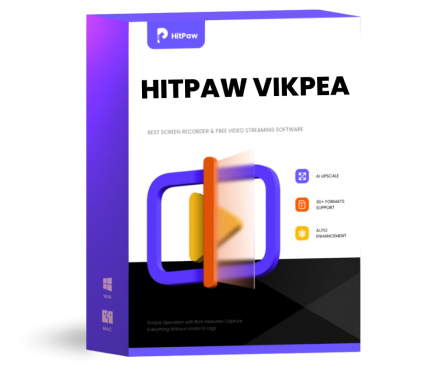 HitPaw VikPea (Video Enhancer)
HitPaw VikPea (Video Enhancer)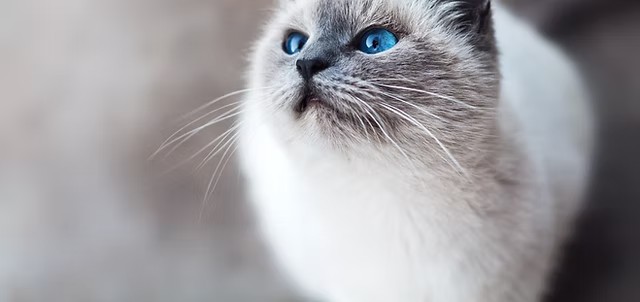
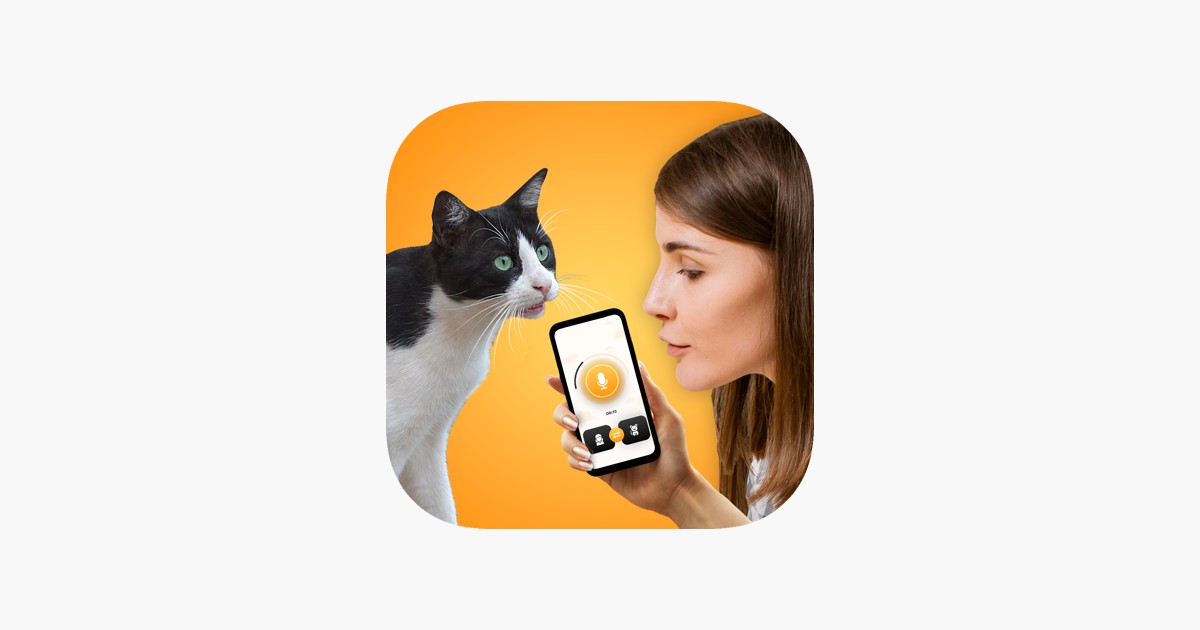


Share this article:
Select the product rating:
Daniel Walker
Editor-in-Chief
This post was written by Editor Daniel Walker whose passion lies in bridging the gap between cutting-edge technology and everyday creativity. The content he created inspires the audience to embrace digital tools confidently.
View all ArticlesLeave a Comment
Create your review for HitPaw articles